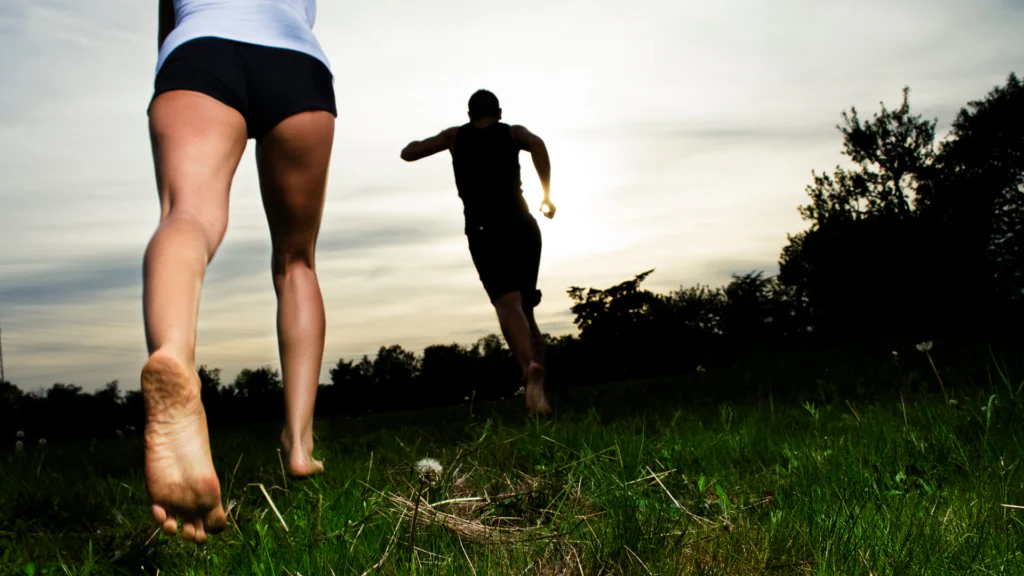
Embracing the Benefits of Barefoot Running
Barefoot running, once a niche trend, has gained widespread popularity as enthusiasts and researchers alike uncover its numerous health benefits. Ditching traditional running shoes in favor of the barefoot experience has become a lifestyle choice for many, offering a natural connection to the ground and a host of physical advantages.
The Anatomy of Barefoot Running:
Barefoot running involves, as the name suggests, running without shoes or with minimalist footwear. The philosophy behind this practice revolves around allowing the foot to move in its most natural state, mimicking the way our ancestors moved for centuries.
Benefits of Barefoot Running:
Strengthening Foot Muscles:
Barefoot running engages a wider range of muscles in the feet, ankles, and lower legs compared to traditional running. The natural movement encourages the development of strength and flexibility in these areas.
Improving Balance and Proprioception:
With direct contact with the ground, barefoot runners enhance their proprioception—the body’s ability to sense its position in space. This heightened awareness contributes to improved balance and stability.
Reducing Impact Stress:
Traditional running shoes often come with cushioning designed to absorb impact. However, studies suggest that running barefoot may lead to a more natural and gentle stride, potentially reducing the impact on joints and lowering the risk of certain injuries.
Encouraging a Forefoot Strike:
Barefoot runners often naturally adopt a forefoot or midfoot strike pattern rather than a heel strike. This change in foot strike is believed to distribute impact forces more evenly, potentially reducing stress on the knees and lower back.
Enhancing Biomechanics:
Barefoot running encourages a more natural gait, promoting better overall biomechanics. This can lead to improved posture and alignment, reducing the risk of common running-related injuries.
Increasing Sensory Perception:
Running without shoes allows for a heightened sensory experience. The soles of the feet interact directly with various surfaces, promoting better awareness and responsiveness to the environment.
Getting Started with Barefoot Running:
Gradual Transition:
It’s crucial to transition slowly into barefoot running to allow the feet to adapt. Start with short distances and gradually increase intensity over time.
Choosing the Right Surface:
Begin on soft, forgiving surfaces like grass or a well-maintained trail. This helps reduce the impact on the feet during the adjustment period.
Listening to Your Body:
Pay close attention to your body’s signals. If you experience discomfort or pain, it’s essential to rest and reassess your approach.
Barefoot running is more than just a fitness trend; it’s a return to our primal connection with the earth. As enthusiasts embrace the benefits of this natural approach to running, the movement continues to grow. While it may not be suitable for everyone, those who make the transition often find a renewed sense of joy, improved performance, and a deeper understanding of their body’s capabilities. As with any fitness practice, consulting with a healthcare professional before embarking on a barefoot running journey is advisable. So, lace up or go shoeless, and let the many benefits of barefoot running guide your path to a healthier, more connected running experience.






